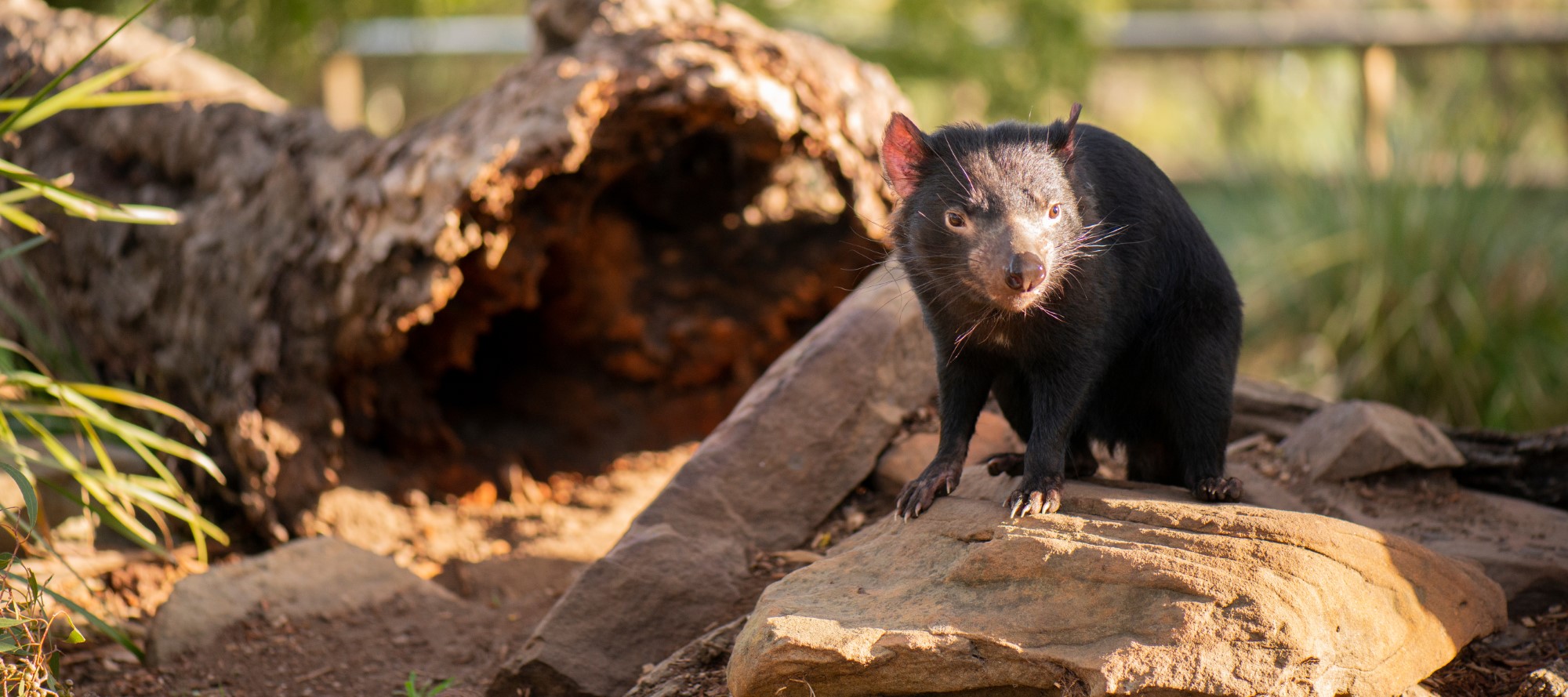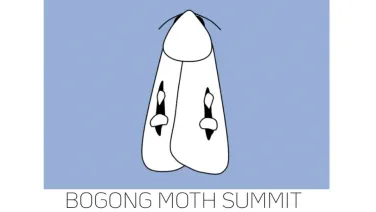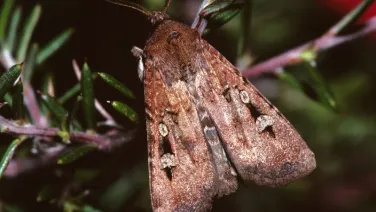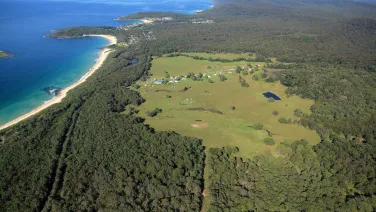
Threatened species
The threatened species research focuses on conserving at-risk flora and fauna through evidence-based strategies. It examines threats, habitat needs, and recovery actions, aiming to inform policy and promote biodiversity conservation, species protection and sustainable ecosystem management.
About
Understanding genetic diversity and gene flow amongst populations of threatened species and the identification of cryptic species, particularly within endangered taxa, is essential for their conservation and management.
For information on Australia's biodiversity policies see the Department of the Environment and Energy:









